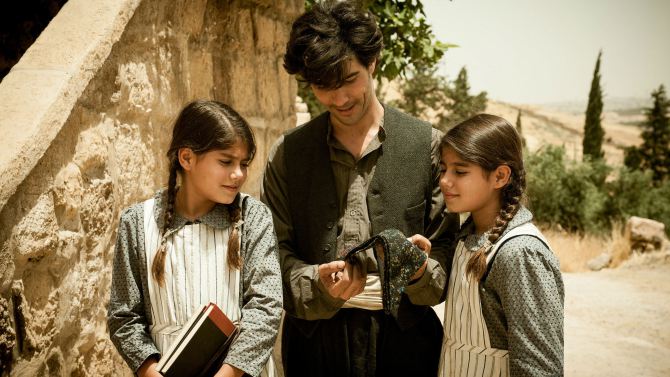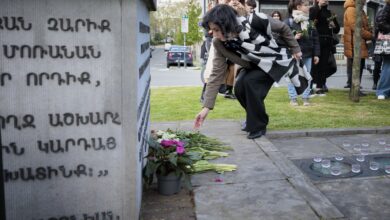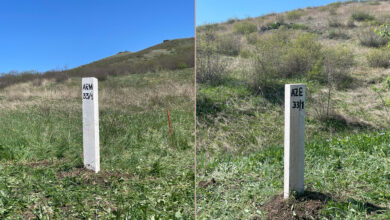
German-born Turkish director Fatih Akin’s film on the Armenian Genocide – The Cut – premiered at Venice Film Festival Sunday, Reuters reports.
Akin acknowledged at a news conference that he’d received hate mail about the film and even a death threat on Twitter, but said “please don’t make too much out of that”.
“The film that Fatih made is the film that the Armenians have been waiting for. Everybody always says,’ When are we making a film, a film about the Armenian genocide?’,” Simon Abkarian, one of the actors in the film, said at a press conference.
“It took time. The first generation had to survive, the second generation had to live and the third generation had to react and claim what we had to claim, which is the recognition of the genocide, most of it. And I think that one film is never enough to tell such a story, we have to make more.”
“The Cut” is the last in what the director calls his “Love, Death and the Devil” trilogy and focuses on the plight of Armenians who are uprooted from their villages and sent on death marches into the desert, conscripted into forced labor gangs or killed outright.
The main figure is Nazaret Manoogian, played by Tahar Rahim, an Armenian blacksmith who is separated from his wife and young twin daughters in the middle of the night by Turkish soldiers, who take him to a work camp, after which his town is cleared of Armenians.
He survives the forced labor in the desert and avoids having his throat slit when his would-be executioner takes pity and only pretends to kill him.
After Turkey’s defeat in the war, he begins a quest that takes him to Cuba and America in search of his missing daughters who have fled there, after their mother and the rest of their family were killed.
Nazaret ends up in North Dakota working on a railroad construction crew and is brutally beaten with a shovel when he intervenes to stop one of the workers raping a native American woman. Her plight recalls the rape of an Armenian woman by Turks that Nazaret saw in Turkey but could do nothing to stop.
“I had to create an empathy, an empathy for the hero, an empathy for the story,” Akin said.
“One trick I used was I took the genocide on the native Americans and used it just as a snap of an idea, you know, so that even people who deny the fact of the genocide to the Armenians can identify themselves with the hero in that moment, to reflect about it later.”








